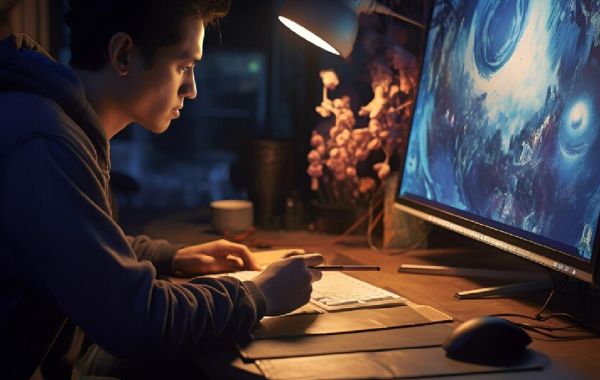Animation has long been a captivating form of visual storytelling, and within its realm, 2D animation holds a special place. In this comprehensive guide, we will delve into the intricate world of 2D animation, exploring its techniques, history, and its relevance in today's digital age. From the fundamentals to advanced techniques, we'll uncover the secrets behind bringing characters and stories to life on a two-dimensional canvas.
The Evolution of 2D Animation:
To truly appreciate the art of 2D animation, it's essential to understand its evolution. Dating back to the early days of hand-drawn animation, artists painstakingly crafted each frame, bringing characters to life through a series of drawings. Over time, advancements in technology revolutionized the industry, introducing techniques such as cel animation and digital software.
Techniques in 2D Animation:
Storyboarding: The foundation of any animation project, storyboarding involves sketching out the sequence of events to create a blueprint for the animation. It helps in visualizing the narrative flow and ensures coherence in the storytelling process.
Character Design: Characters are the heart of any animation, and designing them requires careful consideration of their personality, movements, and expressions. From simple shapes to intricate details, character design sets the tone for the entire animation.
Keyframe Animation: Keyframes mark significant points in the animation timeline, defining the character's poses and movements. By strategically placing keyframes, animators create the illusion of motion and bring characters to life.
Inbetweening: Inbetweening, or tweening, fills in the gaps between keyframes, smoothing out the animation's motion. It adds fluidity and realism to the movement, making the animation appear seamless.
Timing and Spacing: The timing and spacing of movements play a crucial role in conveying weight, momentum, and emotion. By adjusting the timing and spacing between frames, animators can evoke different moods and enhance the storytelling experience.
Color and Composition: Color palette and composition contribute to the overall look and feel of the animation. They help in establishing the mood, setting, and visual hierarchy, guiding the viewer's attention and enhancing the narrative impact.
History of 2D Animation:
The history of 2D animation is rich and diverse, spanning decades of innovation and creativity. From the pioneering works of Walt Disney to the modern-day masterpieces of Studio Ghibli, 2D animation has captivated audiences worldwide with its timeless charm and storytelling prowess. Despite the rise of 3D animation, 2D animation continues to thrive, thanks to its unique aesthetic appeal and versatility.
The Future of 2D Animation:
In today's digital age, 2D animation continues to evolve, embracing new technologies and techniques to push the boundaries of creativity. With the advent of digital tools and software, artists have greater flexibility and control over the animation process, allowing them to experiment with different styles and effects. Moreover, the growing demand for 2D animation services across various industries, including advertising, gaming, and education, underscores its enduring popularity and relevance in the market.
Conclusion:
The art of 2D animation is a testament to the power of creativity and imagination. From its humble beginnings to its modern-day resurgence, 2D animation has remained a timeless form of visual storytelling, captivating audiences of all ages with its charm and ingenuity. As technology continues to advance, the future of 2D animation shines brighter than ever, promising new possibilities and opportunities for artists and storytellers alike. So whether you're a seasoned animator or a budding enthusiast, embrace the magic of 2D animation and let your imagination soar.








